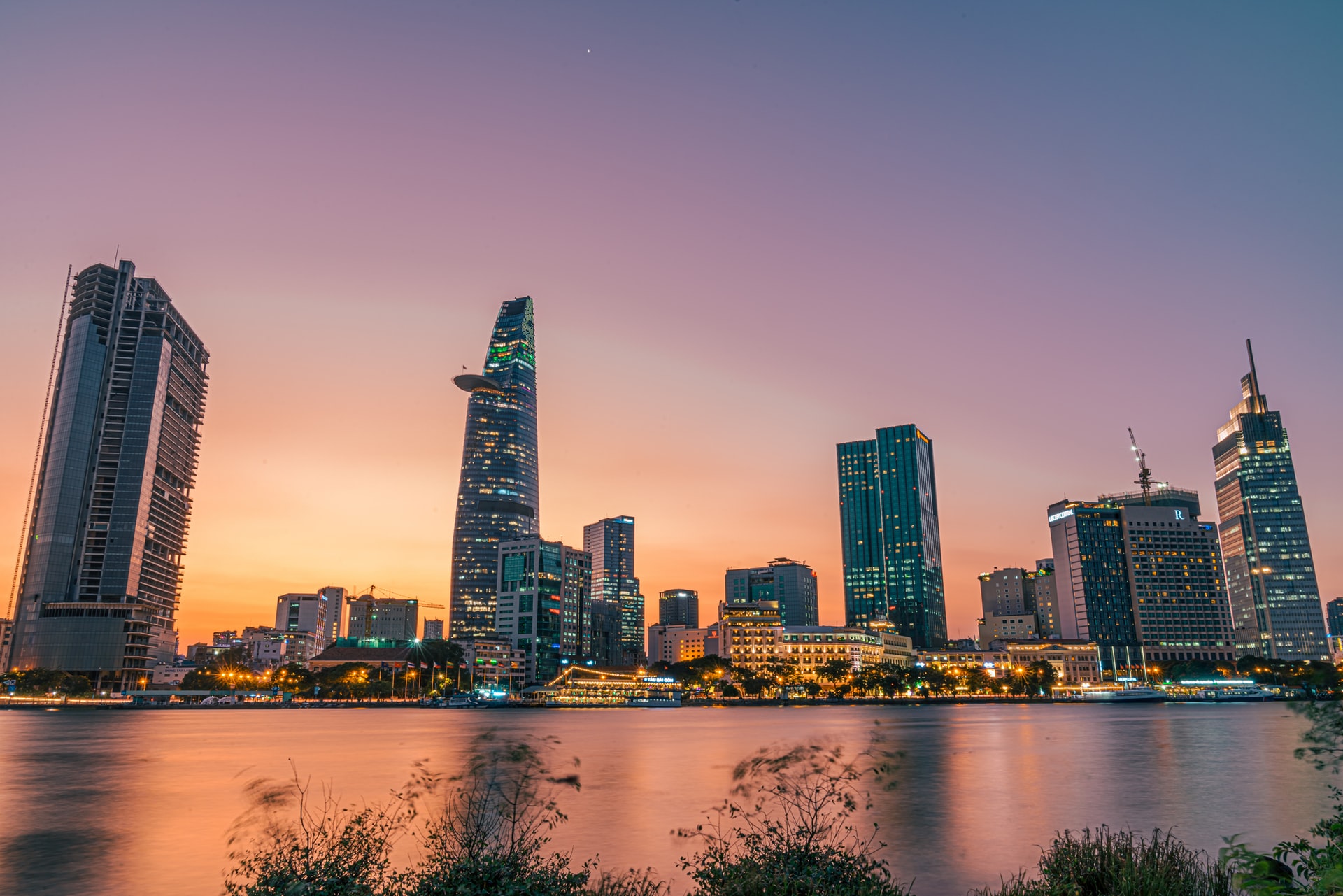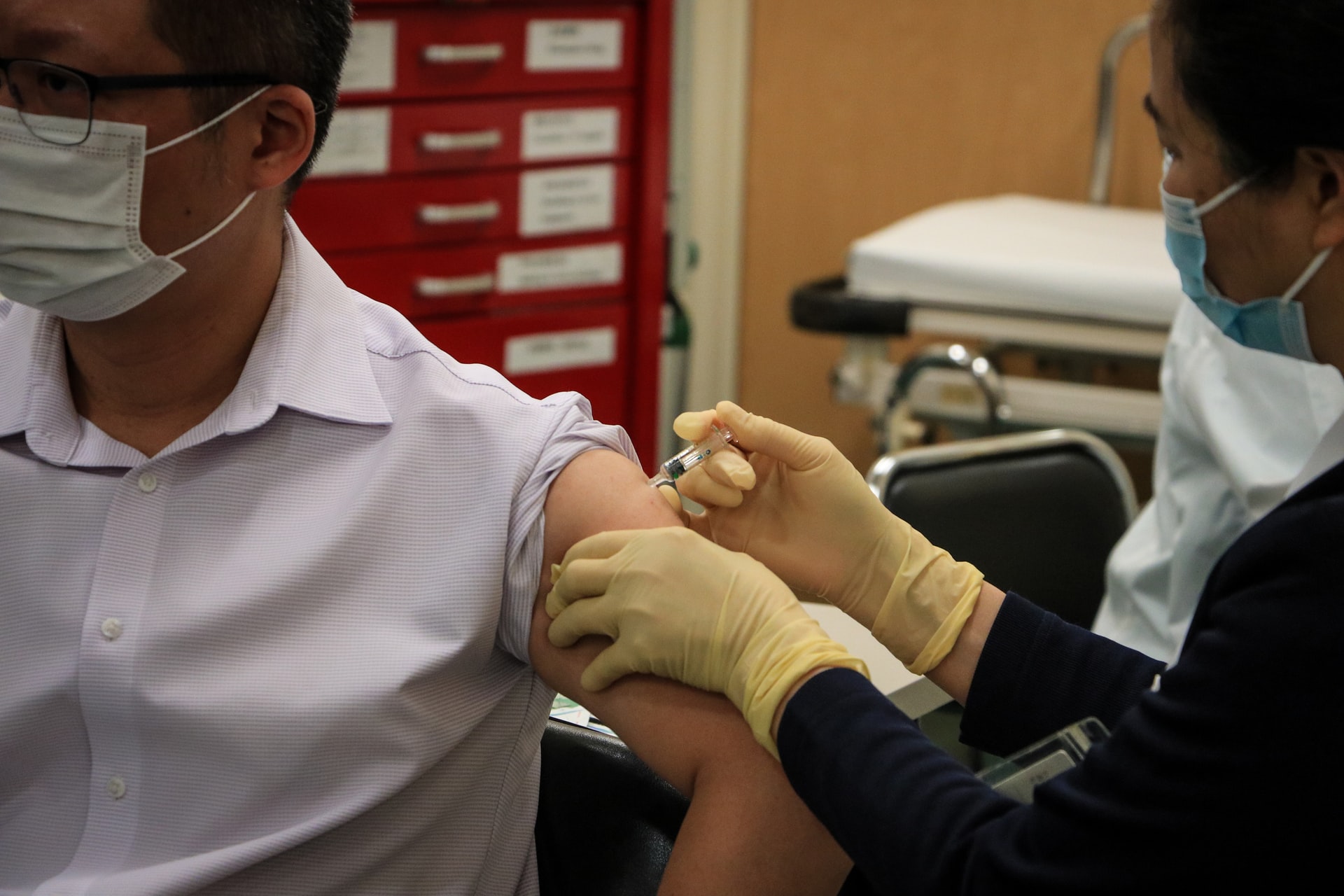Investing in Vietnam, Post-COVID
Two decades ago not many knew about Vietnam’s business acumen. But now Vietnam has become a lucrative destination for foreign investors. Many large multinationals have set their manufacturing base in Vietnam owing to cheap labor and a multitude of free trade agreements, providing easy export possibilities for businesses to cater to the entire region and beyond. South Korean electronics giant Samsung has already invested more than US$17.3 billion in Vietnam, building factories and R&D centers.
Vietnam is also investing in a big way towards its infrastructure, and government initiatives are being implemented to support the development of the startup ecosystem in the country. Beside this, we are also witnessing great strides in tackling concerns around protecting and cleaning the Mekong River Delta, Vietnam’s largest source of freshwater and means of livelihood for many living along its banks.
Vietnam looks poised to rebound quickly from the economic impacts of the pandemic. This is one of our topics in the upcoming Horasis India Meeting, which will be held between 25 to 26 September, 2022 in Vietnam. The meeting will bring together 300 of the most senior members of Horasis to discuss ways in which Vietnam can achieve a resilient post-COVID recovery.
Focus on Infrastructure, Education and Technology
Over the past two decades Vietnam has embarked on a journey to enhance and strengthen its infrastructure, be it community or utility infrastructure. In 2004, the Vietnamese government partnered with the World Bank to invest in and develop 200 low-income areas around the country, uplifting the existing infrastructure, reducing poverty and providing better access to health. The project was successful in helping 7.5 million people in areas of high poverty, by reaching 70% of the bottom 40% in terms of income.
Understanding the need for deepwater seaports, the country invested and opened its first deepwater seaport in 2011. This greatly reduced the transit time for Vietnamese exports to reach the US and Europe within four days.
The country’s dedication to uplift its education system and enable technology awareness and development is remarkable. Vietnam has devoted 15% to 20% of its entire spending budget on enhancing its education system since the 1990s. The fruits of this can be seen in the literacy rate among young people increasing from 94% in 2000 to 99% in 2020.
The government of Vietnam has also invested in large projects to electrify rural communities and bring internet connectivity to all corners of the country. A staggering 97.6% of the population own a smartphone, while the median download speed of cellular mobile internet connections range at 35 Mbps, growing by 32.7% year-on-year.
Beating all Expectations
COVID-19 has been the biggest disruptor of this century so far. The global economy came to a complete standstill. Vietnam was not different. But what separated the country from others in the region is its quick response to containment and information system, ensuring its quick recovery from COVID-19. Notwithstanding the impacts of the pandemic, the country’s GDP grew from US$308.7 billion in 2018 to US$362.64 billion in 2021. The World Bank’s global competitiveness index also indicates that the country’s ranking has progressed from 68 in 2007 to 55 in 2017.
The ongoing trade war between China and the US and the Omicron wave in China is proving to be a blessing in disguise for Vietnam as global manufacturing companies are contemplating to shift its base to Vietnam (some already have). Vietnam’s trade with the US has risen from US$63 billion in 2020 to US$81 billion in 2021. For the foreseeable future, Vietnam looks to be an attractive market for foreign investments.
Developing scenarios in the global economy may impose hurdles to Vietnam’s economic growth in the future. Inflation levels are at an all-time high. The annual inflation rate in May 2022 was 8.6%, its highest level since 1981, as measured by the consumer price index. It is expected to rise further. Prices of goods and services increased by 1.4% month-on-month on June 2022, and the ongoing war in Ukraine is expected to hike up fuel prices for the remaining of this year in Vietnam.
Supply chain disruptions due to geopolitical tensions and China’s zero-COVID strategy, stands to greatly hamper raw material inputs for seven industries in Vietnam, namely iron & steel, agriculture, rubber industry, wood production industry, electronic industry, footwear industry and textile & garment industry. The country will need to look at structural reforms in attracting support industries to lower its dependence on imports, while businesses need to find ways in diversifying its supplier base.
Investment Magnet
Binh Duong, located in the Southeastern part of the country is fast emerging as an investment hub. “It plans to contribute VND 60 trillion (US$2.5 billion) to the state budget, attract about US$1.8 billion in FDI and raise the total social investment by 10% in 2022, while creating about 35,000 new jobs.”
India maintains a strong socioeconomic relationship with Vietnam. Indian investors can look towards investing in the country.
Photo Caption: A view of Ho Chi Minh City’s central business district.



